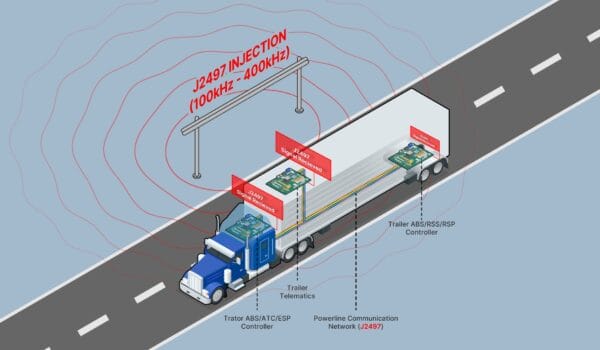In less-than-truckload (LTL) shipping, density is one of the most important—but often misunderstood—factors that affect freight classification and pricing.
Put simply, density is the weight of your shipment divided by its volume. It’s measured in pounds per cubic foot (PCF) and in many cases plays a critical role in determining the National Motor Freight Classification (NMFC®) class of your freight—especially for items with density-based classifications.
Why Density Matters
In the NMFC, many items are classified based on density ranges. That means the exact same item can fall into different classes depending on the handling units density.. For example, an item that ships at 15 PCF might fall into a lower class than the same item at 5 PCF.
While many in the industry use, and some carrier contracts permit, straight dimensioning or default product assumptions, the truth is that if you get it wrong, you risk reclassifications, back charges, or shipping delays.
Unfortunately, that’s a common issue. We often see shippers:
- Use default dimensions from old records;
- Forget to include pallet or packaging height;
- Round measurements too generously;
- Use dimensioners that measure less accurately than the carriers; or
- Assume irregularly shaped items behave like standard boxes.
The new 2025 NMFC changes introduce updated standard density ranges across many classifications, making it essential to recheck your commonly used NMFC items.
The new standard density breaks are:
| Sub 1 | Less than 1 | Class 400 |
| Sub 2 | 1 but less than 2 | Class 300 |
| Sub 3 | 2 but less than 4 | Class 250 |
| Sub 4 | 4 but less than 6 | Class 175 |
| Sub 5 | 6 but less than 8 | Class 125 |
| Sub 6 | 8 but less than 10 | Class 100 |
| Sub 7 | 10 but less than 12 | Class 92.5 |
| Sub 8 | 12 but less than 15 | Class 85 |
| Sub 9 | 15 but less than 22.5 | Class 70 |
| Sub 10 | 22.5 but less than 30 | Class 65 |
| Sub 11 | 30 but less than 35 | Class 60 |
| Sub 12 | 35 but less than 50 | Class 55 |
| Sub 13 | 50 or greater | Class 50 |
These new ranges will impact many density-based NMFC items. Even a small difference in how you calculate dimensions can bump your item into a completely different class.
Straight Dimensioning Isn’t Always Accurate
A big challenge in freight classification is the use of “straight dimensioning”—length × width × height—without accounting for the actual shape or packaging style of the item, for example, void fill, stackable contours, or curved surfaces. This method assumes uniform packaging, which isn’t always accurate. Irregular, stackable, or oddly shaped freight can result in miscalculated density and incorrect classifications.
Tips for Getting Density Right
- Measure accurately—down to the inch—and always include pallets or packaging.
- Use a density calculator to ensure correct PCF.
- Double-check your NMFC item in ClassIT+® for the correct density-based class ranges.
- If you’re unsure, consult your classification expert or participate in NMFTA’s Freight Classification Webinar Series for support.
The Bottom Line
Accurate density doesn’t just help you avoid penalties—it helps you ship smarter. It improves carrier relationships, reduces delays, and supports better transportation planning. In a cost-conscious LTL environment, understanding density is a strategic advantage.
NMFC® and National Motor Freight Classification® are registered trademarks of the National Motor Freight Traffic Association, Inc. ClassIT® and ClassIT+® are also registered trademarks of NMFTA.






